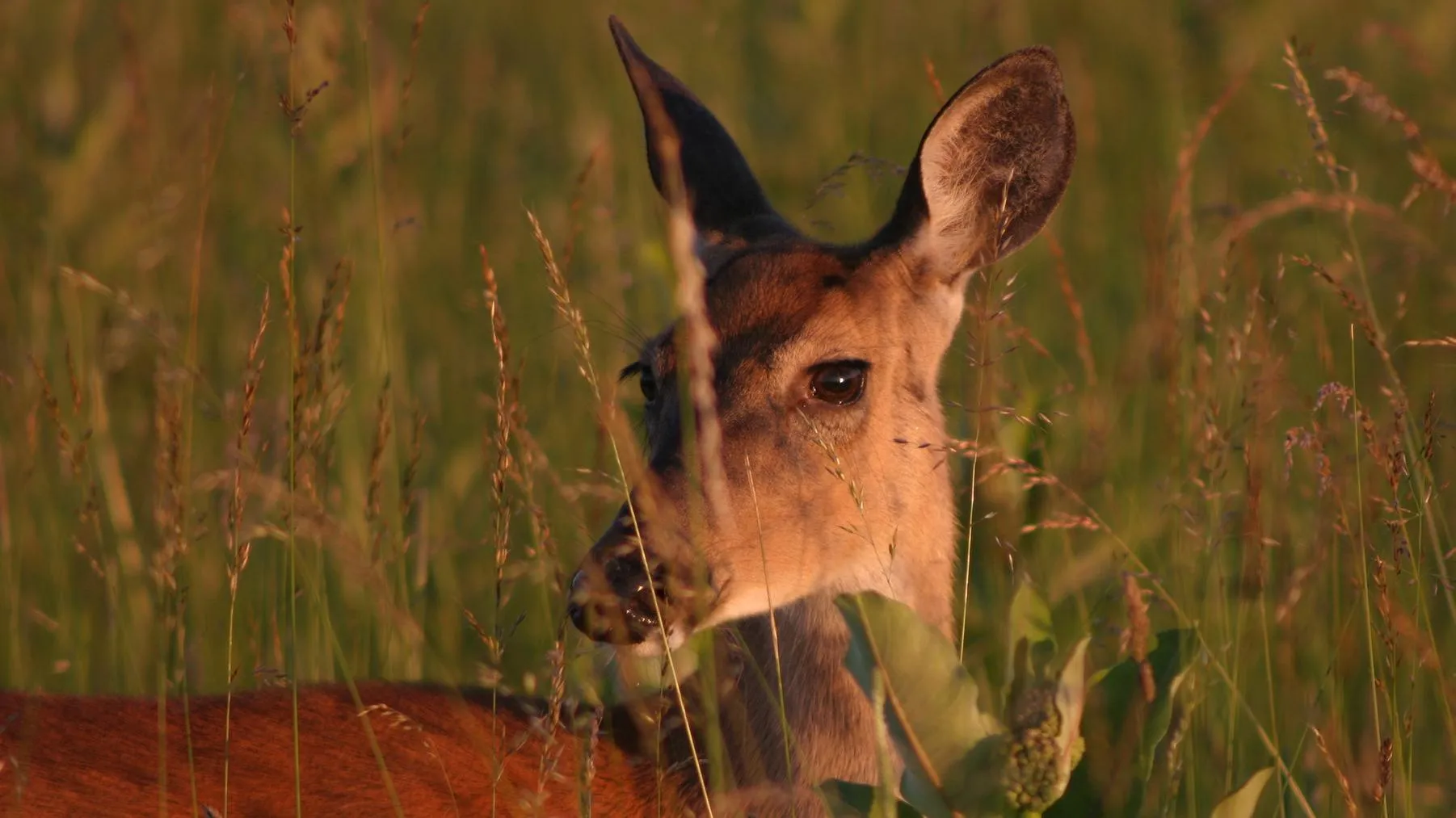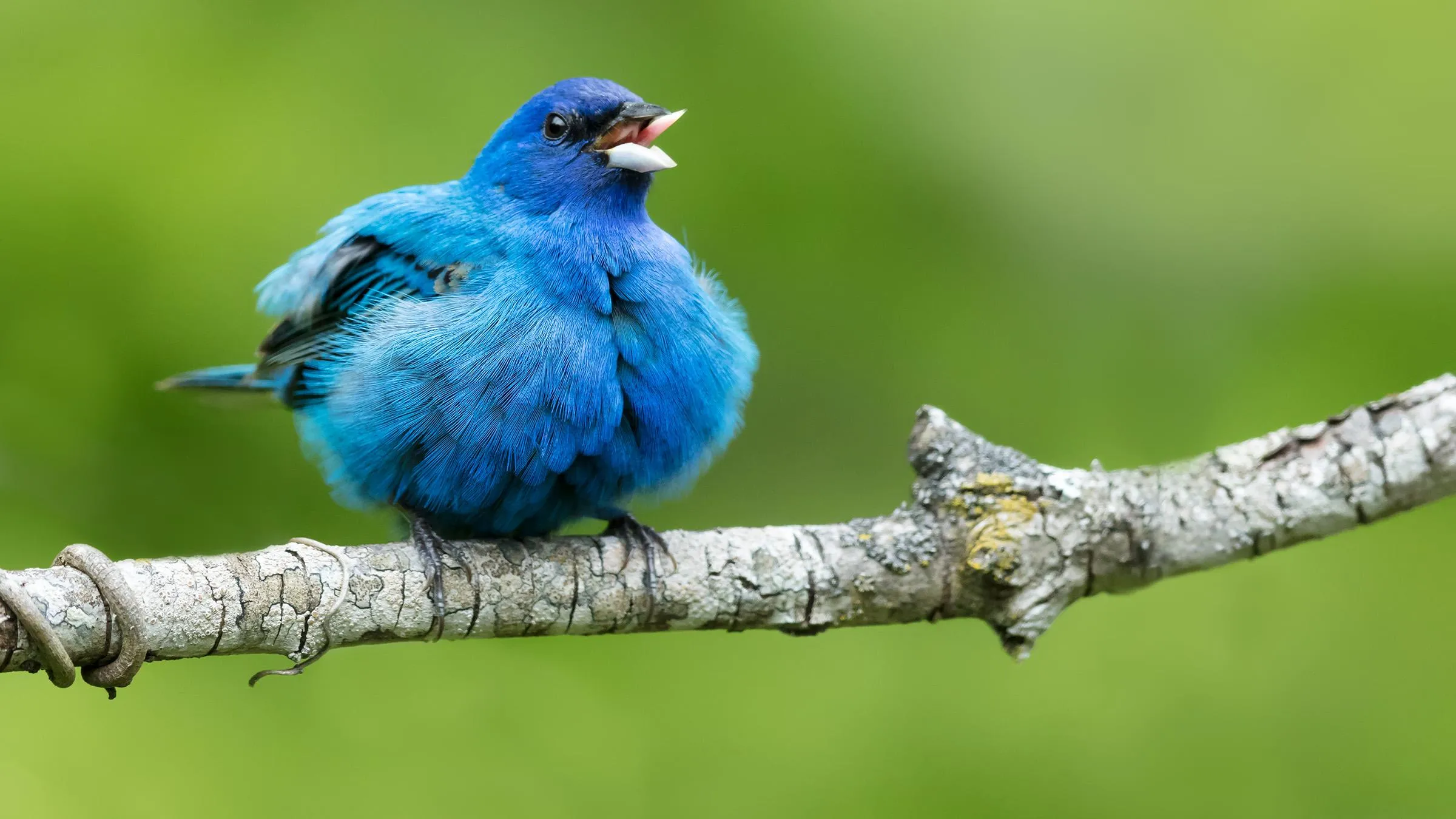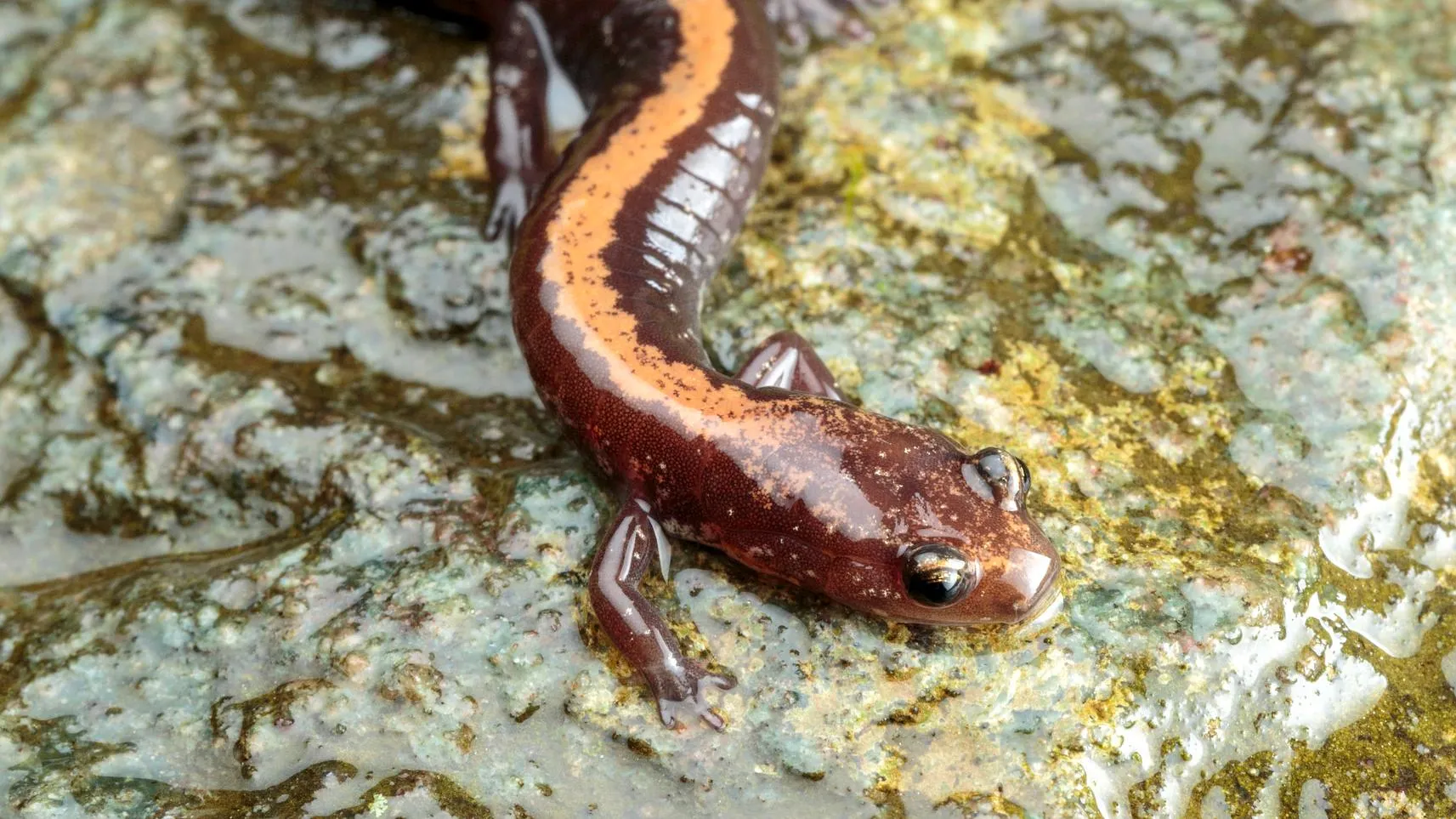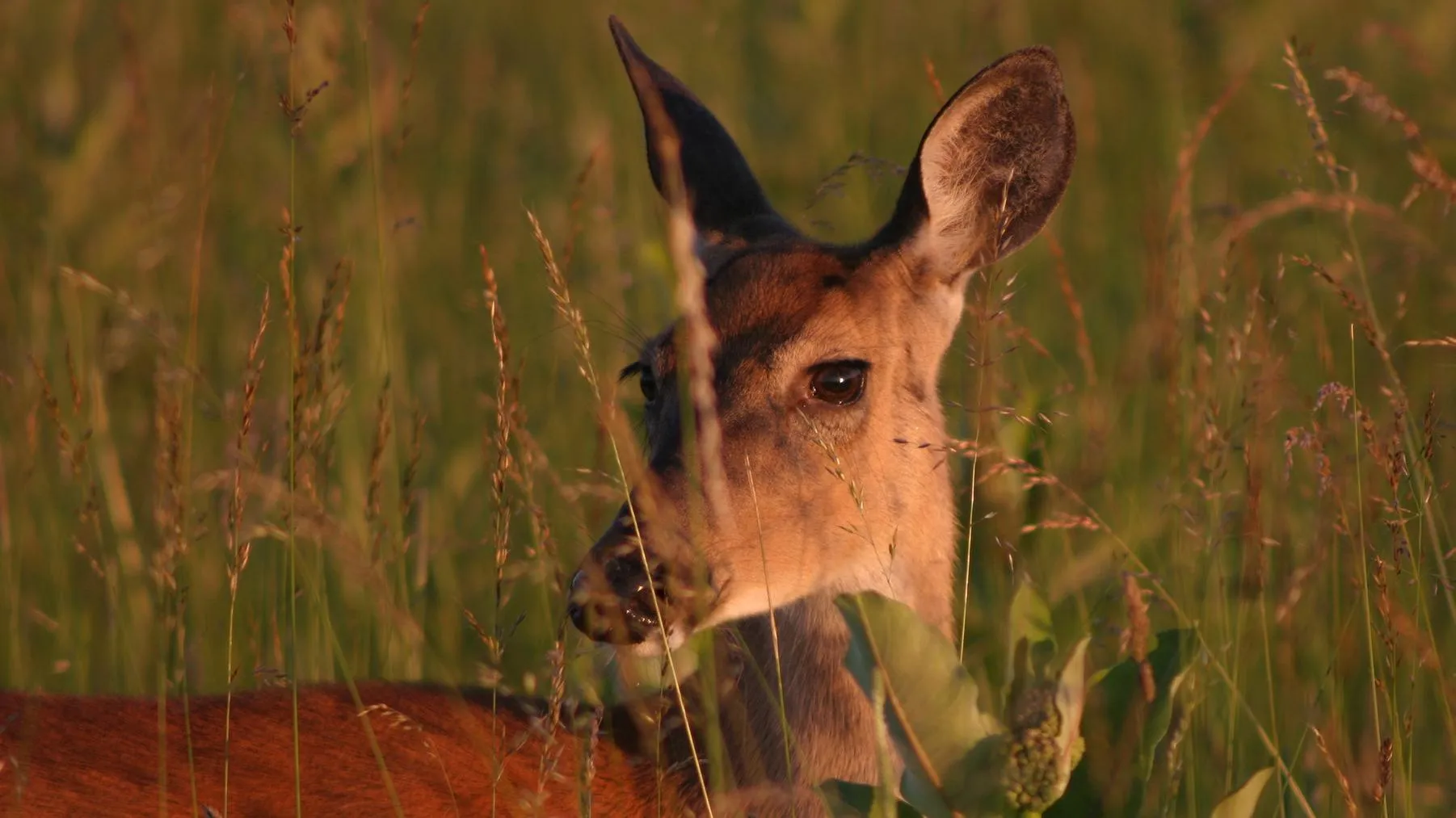Wildlife Overview and Park Ecology

During my first visit to Shenandoah National Park, I was absolutely amazed by the diversity of wildlife that thrives within its 200,000+ acres. This Blue Ridge Mountain ecosystem supports an incredible array of Shenandoah National Park animals, making it one of the most biodiverse parks in the eastern United States. The park's varied habitats—from dense forests to open meadows, from mountain streams to rocky outcrops—create perfect conditions for wildlife to flourish.
What makes Shenandoah National Park animals so special is their remarkable recovery story. When European settlers arrived, hunting and habitat destruction devastated local wildlife populations. American bison disappeared around 1798, elk followed in 1855, and many other species faced severe declines. However, the park's designation in 1935 provided crucial protection, and I've witnessed firsthand how many species have made dramatic comebacks.
Today, the park serves as a sanctuary for over 190 bird species, more than 50 mammal species, and dozens of reptiles and amphibians. The forest ecosystem, now 93% of the parkland, provides essential habitat corridors that connect to other protected areas. During my wildlife photography expeditions, I've observed how seasonal changes dramatically affect animal behavior and visibility, making each visit a unique experience.
Key Ecosystem Facts
- 200,445 acres of protected wilderness
- 93% forested landscape with diverse habitats
- Elevation range from 540 to 4,051 feet
- Part of the larger Appalachian Mountain ecosystem
Mammals of Shenandoah National Park
The mammalian diversity in Shenandoah National Park never ceases to amaze me. Over 50 species call this mountain wilderness home, from the iconic black bears that have made such a remarkable recovery to the tiny shrews that most visitors never see. During my years of exploring Shenandoah National Park animals, I've learned that patience and proper equipment are essential for successful wildlife viewing.
Large Mammals: The Park's Icons
Black Bears
The most famous of all Shenandoah National Park animals, black bears have recovered from just two individuals in 1937 to several hundred today. I've been fortunate to observe these magnificent omnivores during berry season, watching them gain 1-2 pounds daily in preparation for winter hibernation.
White-tailed Deer
Virtually impossible to miss, white-tailed deer are the most commonly seen mammals in the park. I regularly spot them in Big Meadows at dawn and dusk, where they graze peacefully while remaining alert for predators.
Bobcats
Among the more elusive Shenandoah National Park animals, bobcats require patience and luck to spot. These skilled predators primarily hunt at dawn and dusk, preying on rabbits, rodents, and birds throughout the park's diverse habitats.
Essential Wildlife Viewing Gear
After years of wildlife photography in Shenandoah, I can't recommend quality binoculars enough. They've transformed my viewing experiences and helped me spot animals from safe distances.
Small Mammals and Nocturnal Species
The smaller mammals among Shenandoah National Park animals often provide the most rewarding viewing experiences for patient observers. Gray squirrels and chipmunks are abundant throughout the park, while raccoons emerge after dark to forage near campgrounds. Big brown bats, with their impressive wingspan of 13-16 inches, perform aerial acrobatics at dusk, consuming massive quantities of insects that would otherwise plague forest vegetation and visiting hikers.
Bird Species and Birdwatching

Birdwatching in Shenandoah National Park has become one of my greatest passions, and with over 190 species recorded, it's a paradise for both novice and expert birders. The park's diverse elevations and habitats support an incredible variety of avian life, making Shenandoah National Park animals particularly rich in bird species. From the haunting calls of barred owls echoing through morning mist to the vibrant flash of scarlet tanagers in the canopy, every hike offers potential discoveries.
Year-Round Residents vs. Seasonal Visitors
About 30 bird species remain in the park year-round, including red-tailed hawks, wild turkeys, barred owls, Carolina chickadees, and tufted titmice. These permanent residents have adapted to the park's seasonal changes and provide consistent viewing opportunities regardless of when you visit. However, the real excitement comes during migration seasons when the park becomes a critical stopover point for hundreds of species traveling along the Atlantic Flyway.
Recommended Field Guide
A quality field guide is essential for identifying the diverse bird species you'll encounter. I always carry one during my birding expeditions in Shenandoah.
Best Birding Locations and Seasonal Timing
I've discovered that Big Meadows consistently offers the most rewarding birding experiences among all areas where Shenandoah National Park animals can be observed. The open meadow attracts raptors, while the surrounding forest edge provides habitat for numerous songbird species. Early morning visits between May and September yield the highest species counts, with dawn chorus reaching peak intensity just before sunrise. For winter birding, I recommend focusing on areas near the visitor centers where feeders attract year-round residents and northern visitors like dark-eyed juncos.
Watch this fascinating documentary about springtime wildlife in Shenandoah National Park
Reptiles and Amphibians

The reptiles and amphibians represent some of the most fascinating yet overlooked Shenandoah National Park animals. With 26 reptile species and numerous amphibians, including the park's only endangered species—the Shenandoah Salamander—these creatures play crucial ecological roles. During my stream ecology studies, I've been amazed by the diversity of salamanders that thrive in the park's cool, moist environments.
The Endangered Shenandoah Salamander
The Shenandoah Salamander stands as the park's conservation flagship species, found nowhere else on Earth. This remarkable creature exists only on high-elevation talus slopes covering approximately 6 square kilometers. I've participated in citizen science monitoring projects and witnessed firsthand the dedicated efforts to protect this species from competition with red-backed salamanders and climate change impacts. Their survival depends entirely on maintaining the specific microhabitat conditions that these ancient rock slopes provide.
Snakes and Safety Awareness
Two venomous snake species live among Shenandoah National Park animals: the timber rattlesnake and the copperhead. While encounters are rare, I always remind fellow hikers to watch their step, especially on rocky outcrops and sunny slopes where these species prefer to bask. Most snakes, including the common eastern garter snake and black rat snake, are completely harmless and actually beneficial for controlling rodent populations throughout the park.
Snake Safety Tips
- Always stay on designated trails
- Watch where you place hands and feet
- Never attempt to handle any snake
- Give all snakes plenty of space
- Seek immediate medical attention for any bite
Wildlife Viewing Tips and Best Locations
After years of tracking and photographing Shenandoah National Park animals, I've developed strategies that significantly increase your chances of memorable wildlife encounters. Success depends on understanding animal behavior patterns, choosing optimal viewing times, and knowing where different species prefer to spend their time. The key lies in patience, preparation, and respect for the animals' natural behaviors.
Prime Viewing Locations
Big Meadows
The most reliable location for deer viewing, especially at dawn and dusk. I've observed over 100 deer here during a single evening visit.
Best for: Deer, birds, occasional bear sightings
Skyline Drive
Drive slowly and watch for animals crossing. I always keep my camera ready while traveling this scenic route.
Best for: Deer, turkeys, foxes, bears
Hiking Trails
Early morning hikes offer the best opportunities for observing Shenandoah National Park animals in their natural behaviors.
Best for: All species, depending on habitat
Wildlife Photography Equipment
A telephoto lens is crucial for photographing Shenandoah National Park animals while maintaining safe distances. I use a 200-600mm lens for most of my wildlife work.
Seasonal Viewing Strategies
Understanding seasonal patterns dramatically improves your success rate with Shenandoah National Park animals. Spring brings increased activity as animals emerge from winter dormancy and begin breeding behaviors. Summer offers excellent early morning and late evening viewing opportunities, while animals seek shade during midday heat. Fall provides spectacular wildlife viewing as animals prepare for winter, often becoming more visible as they forage intensively. Winter viewing requires more patience but rewards observers with insights into animal adaptations and survival strategies. I've learned that successful viewing requires adapting your approach to each season's unique conditions and animal behaviors.
Safety Guidelines and Gear Recommendations
Safety must always be the top priority when observing Shenandoah National Park animals. During my years of wildlife research and photography, I've developed protocols that ensure both my safety and the welfare of the animals I study. Understanding proper distances, recognizing warning signs, and carrying appropriate gear can mean the difference between a memorable experience and a dangerous encounter.
Bear Safety Protocols
Black bears pose the greatest potential safety risk among Shenandoah National Park animals. I always maintain a minimum distance of 75 yards and never approach bears, especially mothers with cubs. If you encounter a bear, make noise to announce your presence, avoid direct eye contact, and slowly back away while facing the bear. Never run, as this may trigger a chase response. I always carry bear spray during my research trips and recommend all visitors do the same, especially when hiking alone or during dawn and dusk when bears are most active.
Essential Safety Gear
A quality hiking backpack with bear-resistant features is essential for safely storing food and gear while exploring wildlife habitats.
Food Storage and Camping Safety
Proper food storage is crucial when camping in areas with Shenandoah National Park animals. All food, toiletries, and scented items must be stored in bear-proof containers or hung at least 12 feet high and 4 feet from tree trunks. I use certified bear canisters for backcountry camping, as they provide reliable protection and eliminate the challenges of finding suitable hanging trees. During my overnight research projects, I've witnessed how improper food storage can lead to dangerous wildlife encounters and potentially result in animals being euthanized. Always remember that feeding wildlife, whether intentional or through careless food storage, can turn natural behaviors into dangerous dependencies. Check out our guide on park visitor center resources for additional safety information.
Bear-Proof Food Storage
A certified bear canister is mandatory for backcountry camping and highly recommended for all wilderness activities.
Remember to always follow Leave No Trace principles and park regulations when observing wildlife. Maintain appropriate distances, never feed animals, and respect seasonal closures designed to protect sensitive species during critical periods. For those interested in extending their national park adventures, consider exploring quality camping gear that enhances both safety and comfort during your wilderness experiences. The more prepared you are, the more you can focus on enjoying the incredible diversity of Shenandoah National Park animals in their natural habitat.
Conclusion
My countless hours spent observing and photographing Shenandoah National Park animals have taught me that this remarkable ecosystem represents one of America's greatest conservation success stories. From the dramatic recovery of black bear populations to the ongoing protection of endangered salamanders, the park demonstrates how dedicated conservation efforts can restore and maintain biodiversity in our modern world.
The diversity of wildlife—over 50 mammal species, 190+ bird species, and dozens of reptiles and amphibians—creates endless opportunities for discovery and wonder. Whether you're watching white-tailed deer graze in Big Meadows at sunset, listening to the haunting call of a barred owl in the pre-dawn darkness, or catching a glimpse of a black bear foraging for berries along Skyline Drive, each encounter with Shenandoah National Park animals offers a connection to the natural world that has become increasingly rare in our urbanized society.
Remember that successful wildlife viewing requires patience, preparation, and respect. By following safety guidelines, using appropriate gear, and maintaining proper distances, you contribute to the ongoing protection of these magnificent creatures while ensuring your own memorable and safe experiences. The park's animals have survived habitat loss, hunting pressure, and environmental challenges to thrive once again in this protected landscape.
As you plan your visits to observe Shenandoah National Park animals, carry with you not just cameras and binoculars, but also a deep appreciation for the complex ecosystem that supports this incredible diversity of life. Every species, from the smallest shrew to the largest black bear, plays a vital role in maintaining the ecological balance that makes Shenandoah National Park the wildlife sanctuary it is today. Your respectful observation and support help ensure that future generations will have the same opportunities to witness these remarkable animals in their natural home among Virginia's beautiful Blue Ridge Mountains.


